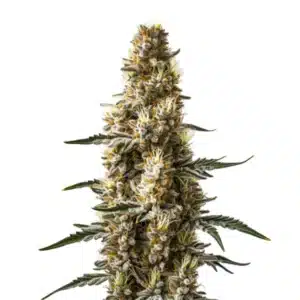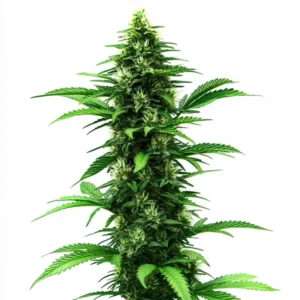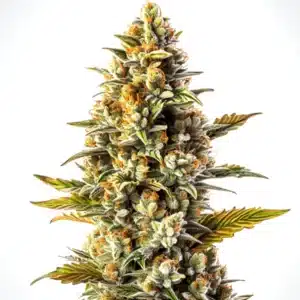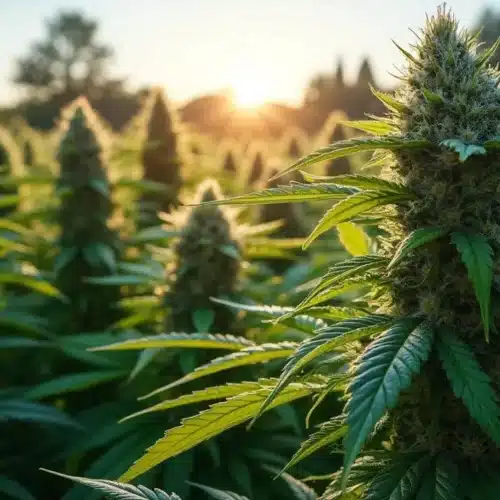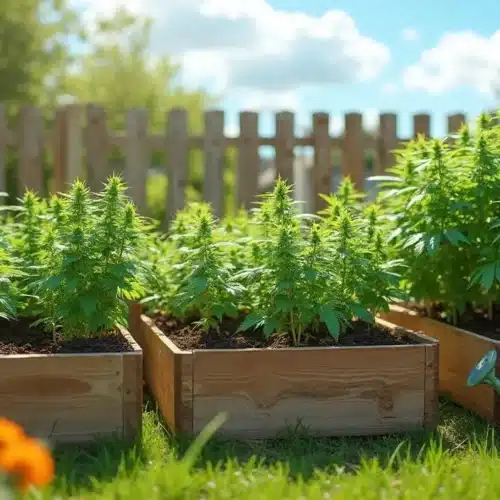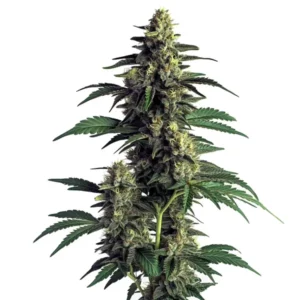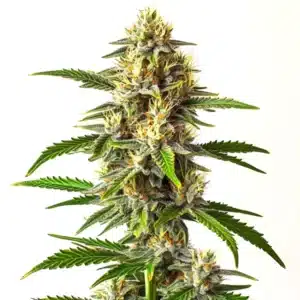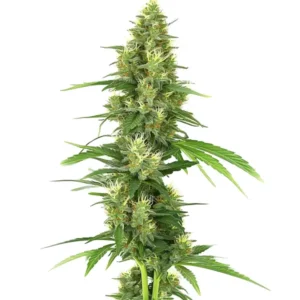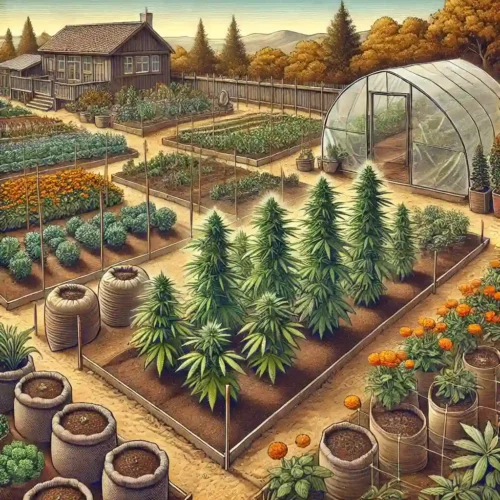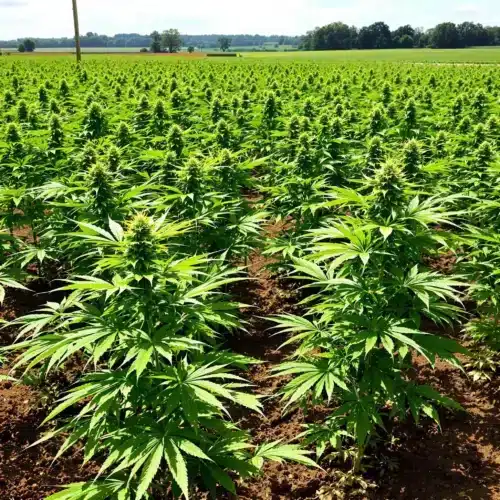Raised beds have become a fantastic option for cultivating cannabis, offering numerous benefits to growers. Whether you are a seasoned gardener or taking your first steps into gardening, raised beds can significantly improve the growing environment for your plants. In this article, we will explore practical tips and strategies for successfully growing cannabis outdoors in raised beds, from selecting an ideal location to choosing the best strains that suit your needs.
Benefits of Using Raised Beds
Using raised beds brings multiple advantages that not only simplify gardening but also enhance plant health. Here’s a closer look at some key benefits:
- Improved Drainage: Raised beds enhance drainage, effectively minimizing the risk of waterlogging that can damage cannabis roots. This is essential for creating a suitable environment for healthy plant growth.
- Better Soil Control: With raised beds, you have the freedom to create your own soil mix, enabling you to tailor the growing medium specifically for cannabis.
- Easier Pest Management: The elevation of raised beds can deter certain pests, making it simpler to keep an eye out for potential issues.
- Extended Growing Season: The soil inside raised beds warms up more quickly during the spring, allowing for earlier planting and longer harvesting periods.
With these benefits in mind, it’s easy to see why countless growers are opting for raised beds. They create an ideal scenario for nurturing cannabis plants, leading to healthier crops and potentially increased yields.
Promos & Deals
Choosing the Right Location
Finding the perfect spot for your raised beds is a critical step toward successful cannabis cultivation. To achieve optimal growth, consider the following factors:
- Sunlight: Cannabis plants thrive under full sunlight. Ideally, choose a location that receives at least 6-8 hours of direct sunlight each day, as this is crucial for strong growth.
- Wind Protection: A sheltered area will help protect your plants from harsh winds, which can damage their foliage or even break branches, jeopardizing your crop.
- Accessibility: Ensure that the beds are easily reachable for watering, harvesting, and regular maintenance tasks, which will save you time and effort in the long run.
The right location can significantly influence your growing success. Ensuring ample sunlight is essential since cannabis requires adequate light to flower effectively and produce plentiful, high-quality buds.
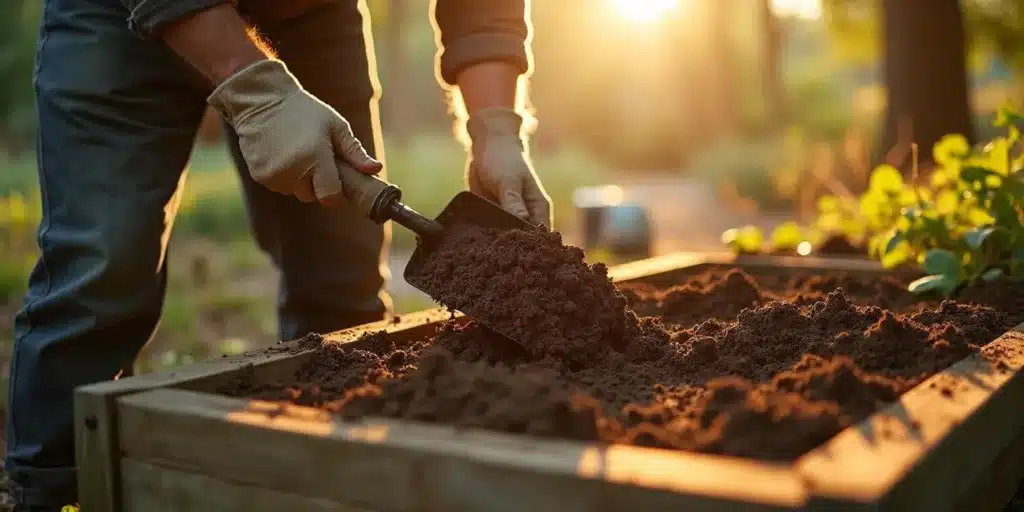
Building Your Raised Beds
When constructing your raised beds, consider what materials you will use. There are several popular options to choose from:
- Wood: Untreated wood, such as cedar or redwood, is a favorite among gardeners due to its natural resistance to decay.
- Concrete Blocks: Known for their durability, concrete blocks also provide good insulation for roots, creating a stable growing environment.
- Metal: Galvanized steel or aluminum can work well, but these materials require additional insulation to prevent overheating in hotter climates.
Your choice of materials can impact your plants’ growth quality. For instance, untreated wood can allow for better air circulation compared to metal, which may heat the soil excessively under the sun. It’s important to consider your local climate and conditions when selecting materials for your raised beds.
Selecting the Best Soil Mix
The right soil mix is vital for the health and productivity of your cannabis plants. A quality mix retains moisture while ensuring good drainage. Here’s how to create an effective soil blend for your raised beds:
- Organic Compost: This serves as a rich source of nutrients for your plants and encourages healthy microbial life in the soil.
- Peat Moss: Aids in moisture retention, ensuring that roots have a consistent supply of water. However, consider using coco coir as a sustainable alternative.
- Perlite or Vermiculite: Both of these additives improve drainage and aeration within the soil mix, crucial for root health.
Remember, quality soil is the foundation for thriving cannabis plants. A well-balanced mix ensures your plants receive the necessary nutrients to flourish, providing strong yields and high-quality buds.
Watering Strategies for Raised Beds
Water Needs
Effective watering is essential for the optimal growth of cannabis. Here are some practical tips to consider:

- Check Soil Moisture: Before watering, stick your finger into the soil to check its moisture level. If it feels dry a few inches down, it’s time to water; otherwise, let it be.
- Water Deeply: Ensure you provide enough water to reach the deeper roots, promoting robust root growth and resilience.
- Avoid Overwatering: Be careful not to water too frequently, as this can lead to root issues, such as rot, and hinder plant health.
Monitoring soil moisture helps maintain healthy cannabis plants that will flourish outdoors. Much like humans, cannabis plants require appropriate hydration for survival and growth, highlighting the importance of good watering practices.
Best Times to Water
Timing your watering can significantly impact plant health:
- Morning is Best: Watering in the morning minimizes evaporation and allows plants to absorb moisture, helping them thrive throughout the day.
- Evening Watering: If morning watering is not possible, evening can work, but be cautious of humidity levels, which can attract mold.
Proper watering timing not only supports plant health but also enhances overall yield. Understanding how and when to water your cannabis plants is critical in ensuring they receive the necessary moisture without causing excess, which can lead to issues.
Choosing the Right Strains
When cultivating cannabis outdoors, selecting the right strain is paramount to your success. Here are three strains that are known to perform well in raised beds:
- Blue Dream: This hybrid is celebrated for its balanced effects and adaptability in outdoor environments, making it a favorite among many growers.
- Gorilla Glue 4: Known for its strength and resilience, this strain yields high productivity and is ideally suited for sunny locales.
- Northern Lights: Renowned for its hardiness, this classic strain thrives in a variety of outdoor conditions, making it suitable for novice and experienced growers alike.
Choosing the right strain can greatly influence your growing experience. Each strain possesses unique requirements, growth characteristics, and effects, which can directly impact the outcome of your harvest.
Regular Maintenance Practices
Consistent maintenance is the key to successful cannabis cultivation in raised beds. Here are essential practices to consider:
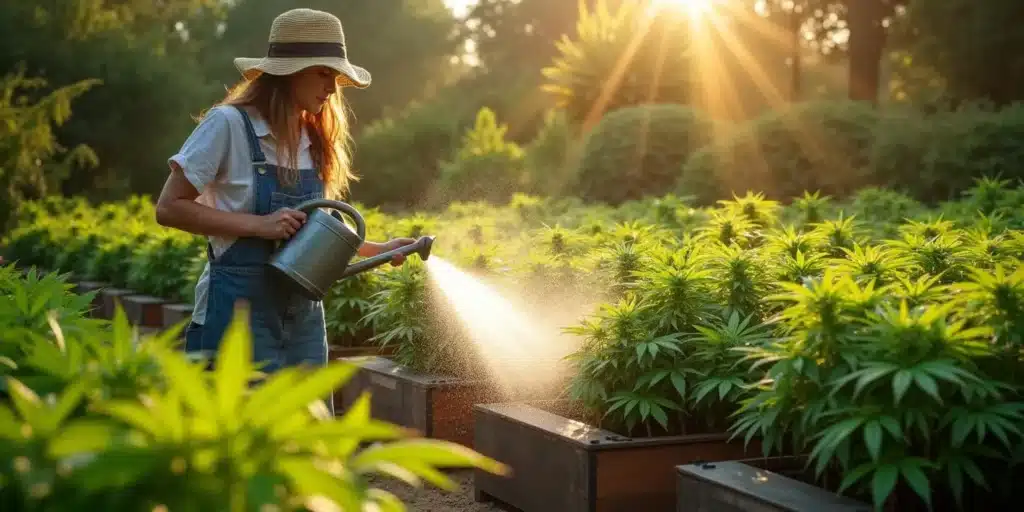
- Mulching: Applying a layer of organic mulch can help retain moisture, suppress unwanted weeds, and regulate soil temperature, creating a conducive environment for growth.
- Pruning: Regular pruning encourages better air circulation and light penetration, contributing to healthier plants and improved yields.
- Fertilizing: Utilize organic fertilizers throughout the growing season to provide essential nutrients to your plants, ensuring they reach their full potential.
By following regular maintenance practices, you will keep your cannabis plants healthy and capable of thriving. Addressing concerns like weeds and pests quickly can prevent them from escalating into more significant problems later on, adding to your overall success.
Harvesting Your Cannabis
Once your cannabis is ready to be harvested, knowing the right time to pick can significantly impact the quality of your buds. Pay attention to the trichomes, as their color indicates stage readiness:
- Clear Trichomes: This means that the plants are not yet ready for harvest; patience is key!
- Cloudy Trichomes: This stage indicates peak THC content, and most growers aim to harvest at this point for optimal quality.
- Amber Trichomes: When you see amber trichomes, it signifies that the plant has reached a more sedative effect, resulting in different effects than harvesting earlier.
The harvesting phase can be both thrilling and nerve-wracking. Getting the timing right can maximize your yield and increase potency, ensuring all your hard work pays off in the end.
FAQs
What size should my raised beds be for growing cannabis?
A common size for raised beds is approximately 4 feet wide and 6 to 8 feet long, with a height of 12 to 24 inches. This provides ample space for root development while remaining easily accessible for maintenance tasks, which makes your gardening experience smoother and more enjoyable.
How can I prevent pests in my raised bed?
Regularly inspecting your plants for pest signs is crucial. Introducing beneficial insects, such as ladybugs, can naturally control populations. Employing organic insecticides can also deter unwanted pests without compromising your plants’ health or flavor.
What’s the best way to fertilize cannabis in raised beds?
Organic fertilizers, such as compost or well-rotted manure, work exceptionally well for cannabis. Additionally, during the growing season, applying liquid fertilizers can provide an extra nutrient boost. However, take care to avoid over-fertilizing, as this can have adverse effects on plant development.
Can I grow cannabis in raised beds in cold climates?
Yes, but extra precautions are necessary. Designing your raised beds to capture more heat can be beneficial; consider using darker materials. Covering them with row covers during the night can also help protect the plants from frost and maintain warmth, allowing for successful cultivation even in colder conditions.

